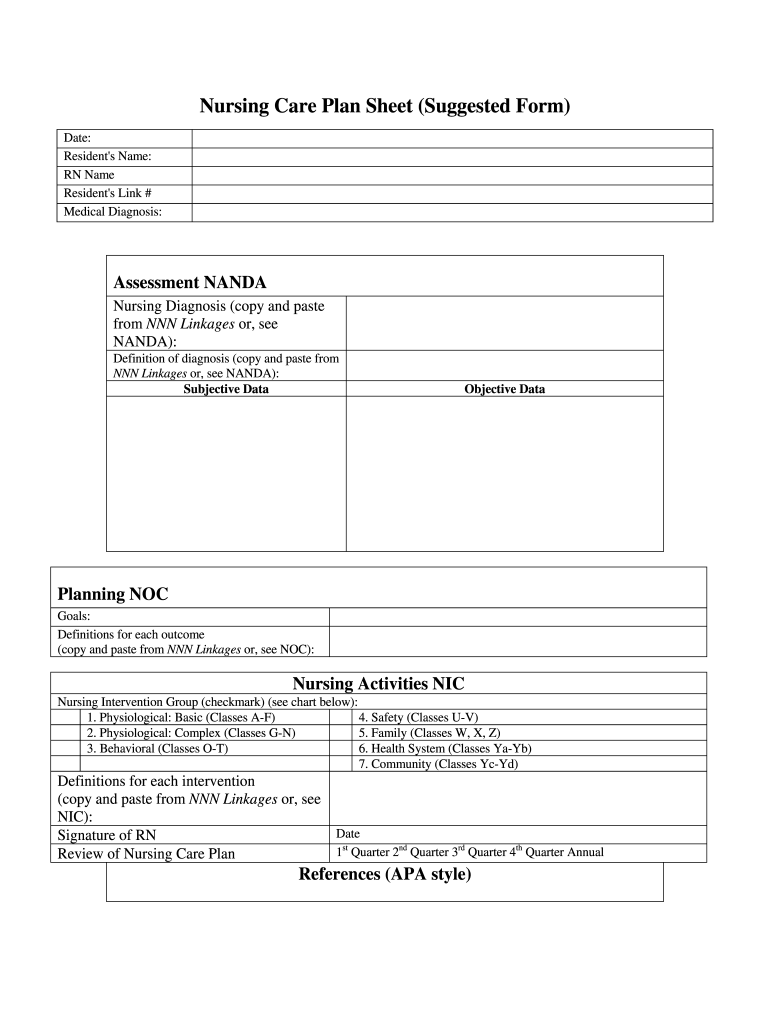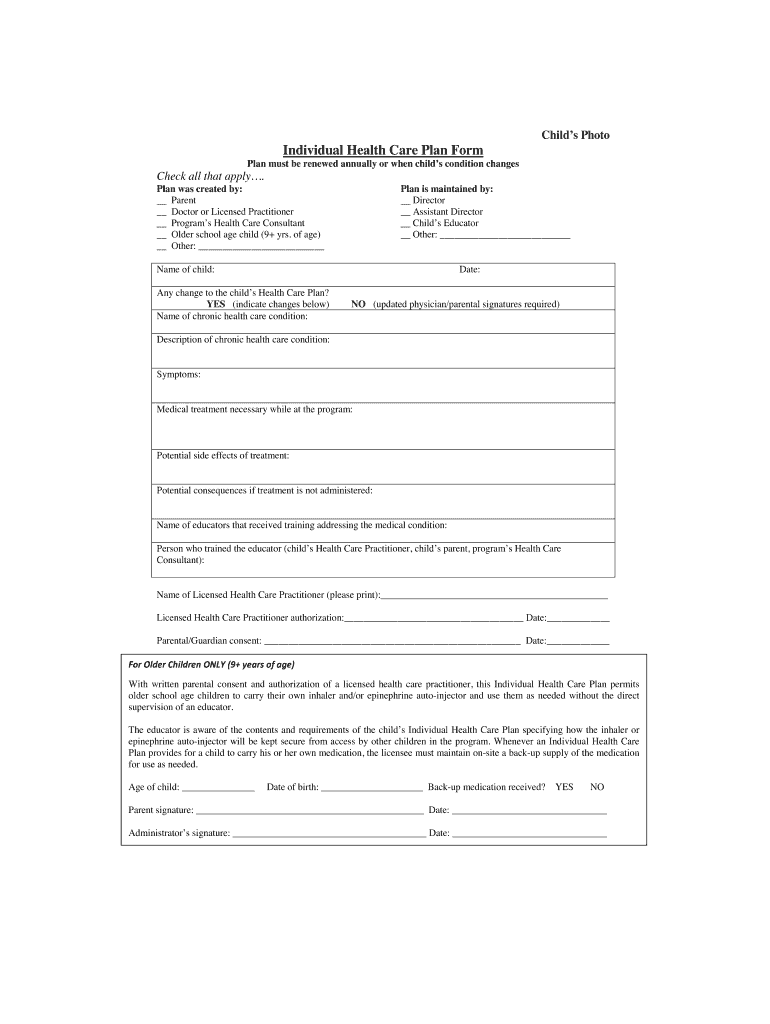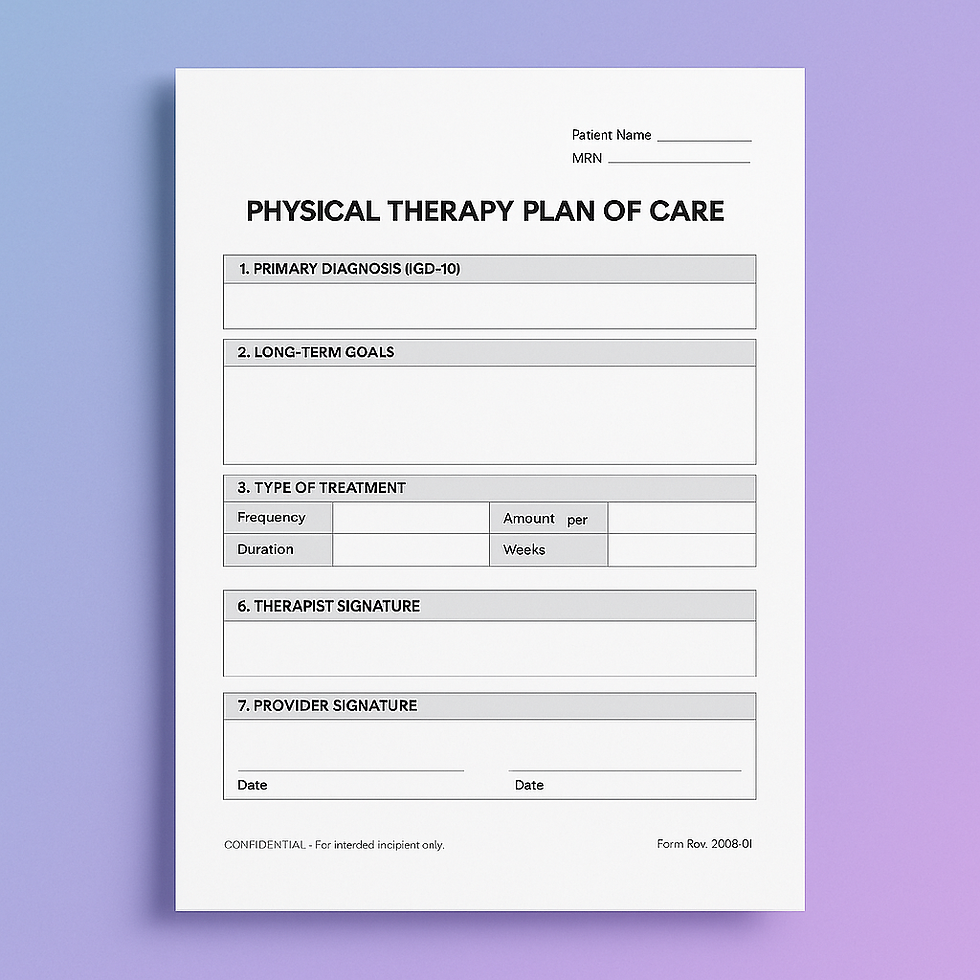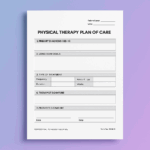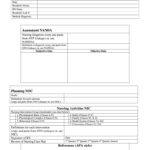Creating a comprehensive patient plan of care form is essential for healthcare providers to ensure that patients receive the best possible treatment. This document outlines the specific goals, interventions, and expected outcomes for each patient, serving as a roadmap for their care. By having a structured plan in place, healthcare teams can effectively track progress, communicate with other providers, and make informed decisions regarding the patient’s treatment.
Additionally, a patient plan of care form promotes patient-centered care by involving the individual in their treatment decisions. Patients can review the plan, ask questions, and provide input on their preferences and goals. This collaborative approach helps build trust and ensures that the patient’s needs and values are considered throughout the care process.
Patient Plan Of Care Form
What to Include in a Patient Plan of Care Form
When creating a patient plan of care form, it’s important to include key elements that will guide the patient’s treatment and recovery. This may include the patient’s medical history, current diagnosis, treatment goals, recommended interventions, expected outcomes, and a timeline for follow-up appointments or evaluations. Additionally, the plan should outline roles and responsibilities for both the healthcare team and the patient, ensuring clear communication and accountability.
Furthermore, the patient plan of care form should be regularly reviewed and updated to reflect any changes in the patient’s condition or goals. This ongoing assessment allows providers to adapt the treatment plan as needed and ensure that the patient is receiving the most appropriate care. By maintaining a thorough and up-to-date plan of care, healthcare providers can improve patient outcomes and enhance the overall quality of care.
Benefits of Using a Patient Plan of Care Form
Implementing a patient plan of care form offers numerous benefits for both healthcare providers and patients. By having a structured document in place, providers can streamline communication, reduce errors, and improve coordination of care. This leads to more efficient and effective treatment, ultimately enhancing the patient’s experience and outcomes.
For patients, having a clear and detailed plan of care helps them feel more informed and involved in their treatment. They can track their progress, understand the rationale behind their treatment decisions, and actively participate in their care. This empowerment can lead to better health outcomes, increased satisfaction with the healthcare experience, and improved overall well-being.
By implementing a patient plan of care form, healthcare providers can enhance the quality of care they deliver and promote better outcomes for their patients. This structured approach ensures that all aspects of the patient’s treatment are carefully considered and communicated, leading to a more collaborative and effective care experience.
Download Patient Plan Of Care Form
Physical Therapy Plan Of Care Template
Printable Care Plan Template Fill Out Sign Online DocHub
